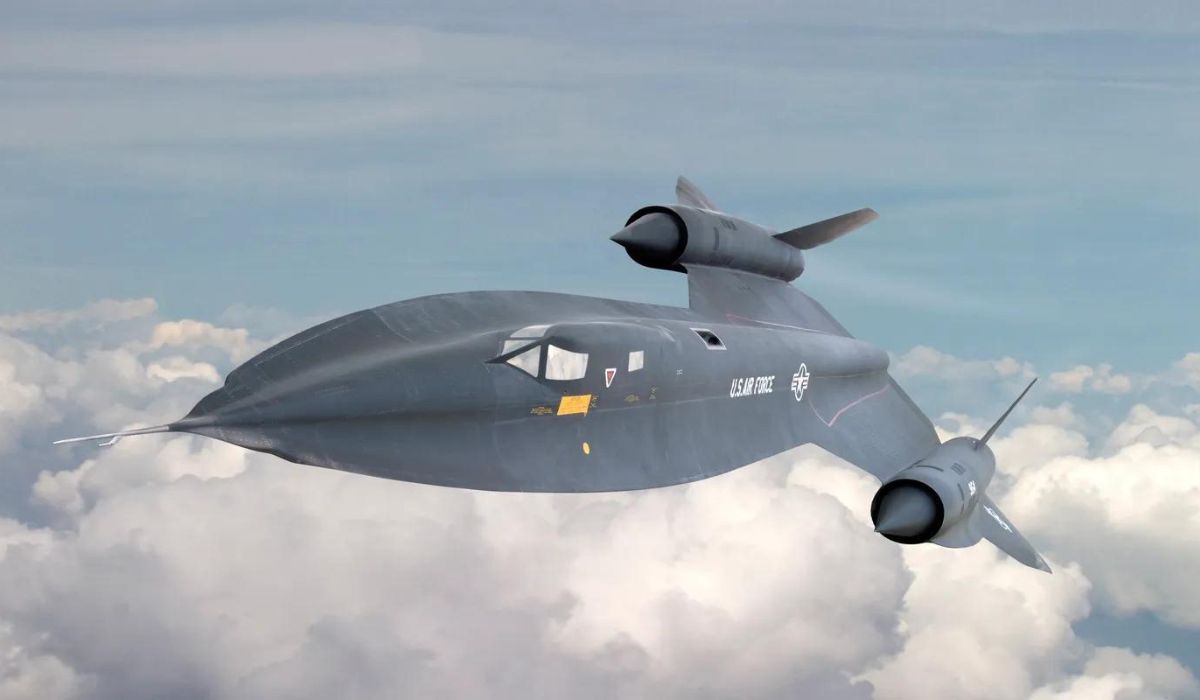Attempting to break speed records has always been fascinating in the dynamic field of flying. Breaking speed records in the air is evidence of mankind’s never-ending quest for betterment and proof of its ambition to rule the skies. This article explores the fascinating world of airspeed records and the astonishing feats that have shaped the history of aviation, from its earliest pioneers to its most advanced aircraft.
The Evolution of Speed
Early Attempts and Milestones
Bold pilots and inventive engineers blazed a trail to new heights in aviation history in the early days. The race to the finish line was just getting started when the Wright brothers took flight and again after World War I when new technologies were developed. Joseph Sadi-Lecointe, a French pilot, was the first to fly faster than 200 miles per hour in 1920.
The Golden Age of Speed
In the 1930s, countries competed fiercely to see who could achieve the fastest air speeds. The world took notice of the Macchi M.C.72 and the Hughes H-1 Racer, two planes that reached top speeds never before achieved. In 1934, a seaplane named the Macchi M.C.72 broke a new world record with a speed of 440 miles per hour.
Modern Marvels and Technological Leaps
Jet Power and Sound Barriers
The development of jet propulsion completely altered the capabilities of airplanes. The legendary Concorde, which routinely crossed the Atlantic at over 1,300 mph, was made possible by Chuck Yeager’s historic breach of the sound barrier in 1947.
Hypersonic Dreams
The concept of hypersonic flight originated as technology developed. In 1967, the X-15 rocket plane demonstrated the possibility of space-like velocities within Earth’s atmosphere by reaching Mach 6.7. Hypersonic technology has recently made advances that promise even faster speeds and shorter travel durations.
Breaking Barriers and Shaping the Future
Solar-Powered Flight
Aviation sustainability became a major topic of discussion in the 21st century. The pilots of the solar-powered Solar Impulse 2 plane flew across the world to showcase the potential of eco-friendly air travel. It didn’t break any speed records in the conventional sense, but it did rethink what was possible with flight.
Unmanned Speed
Drone technology broke records for velocity without putting lives at danger. The X-43 and the RQ-4 Global Hawk are only two examples of unmanned aerial vehicles (UAVs) that have reached breakneck speeds, demonstrating the feasibility of remote-controlled flight under hazardous conditions.
Conclusion
The human need to set new airspeed records is symbolic of our insatiable curiosity and desire to conquer new frontiers. These records are a tribute to the ingenuity and fortitude of humans, from the pioneering aviators of yesteryear to the innovators of today. The future of aviation is still being shaped by the quest for speed, which promises even more incredible advances in the near future.
FAQs
What is the fastest recorded airspeed?
The X-15 rocket plane set the record for fastest aircraft ever, traveling at Mach 6.7, or around 4,520 miles per hour.
Are airspeed records still relevant in the era of supersonic travel?
Absolutely. Breaking speed records has a profound impact on aerospace engineering and has implications for propulsion systems and potentially space exploration in the future.
How do unmanned drones achieve such high speeds?
Drones may fly in hazardous or inaccessible areas because of their superior aerodynamic design.
Has solar-powered flight made a significant impact on commercial aviation?
Solar-powered flight demonstrates the promise for sustainable aviation and inspires development of energy-efficient aircraft, although it is not yet the norm for commercial travel.
Where can I learn more about the latest developments in aviation?
Get the most recent information and analysis on aviation developments.











